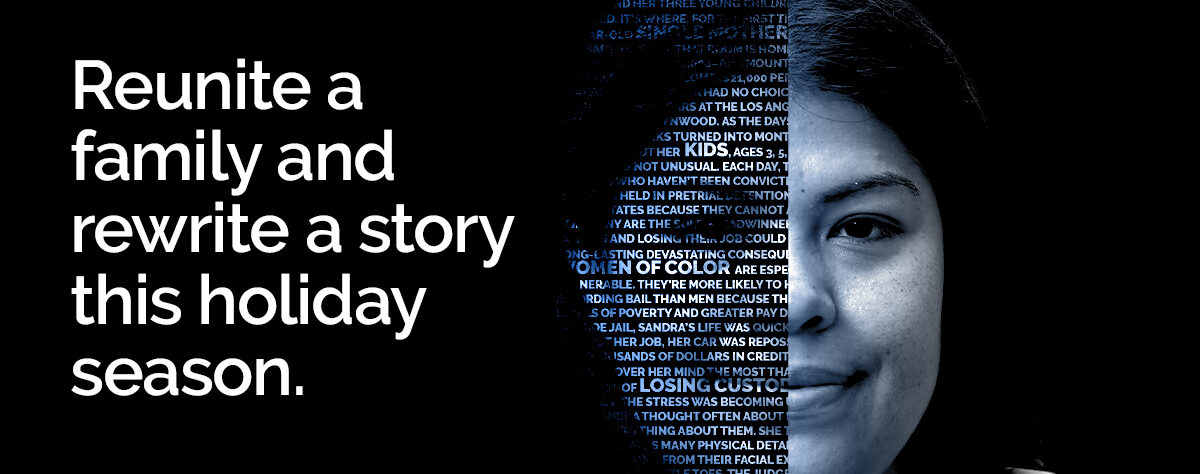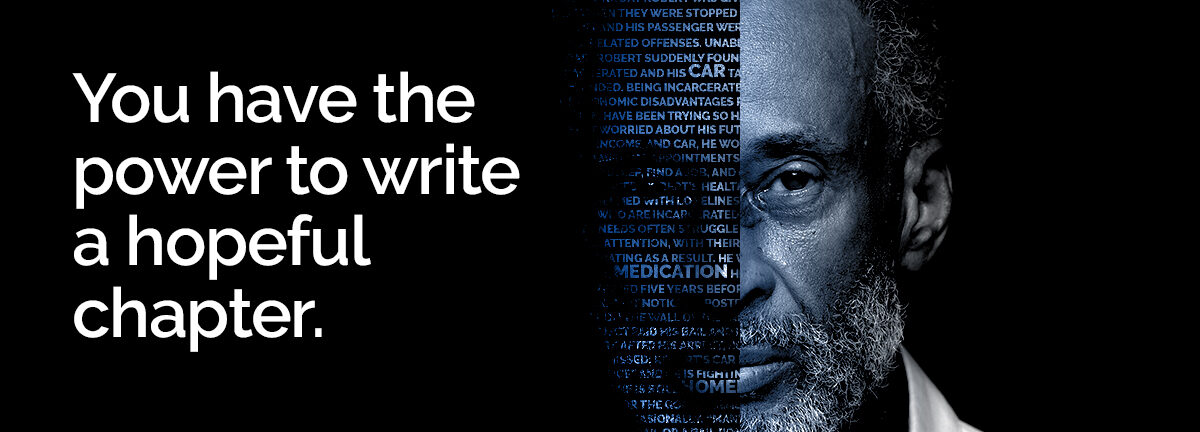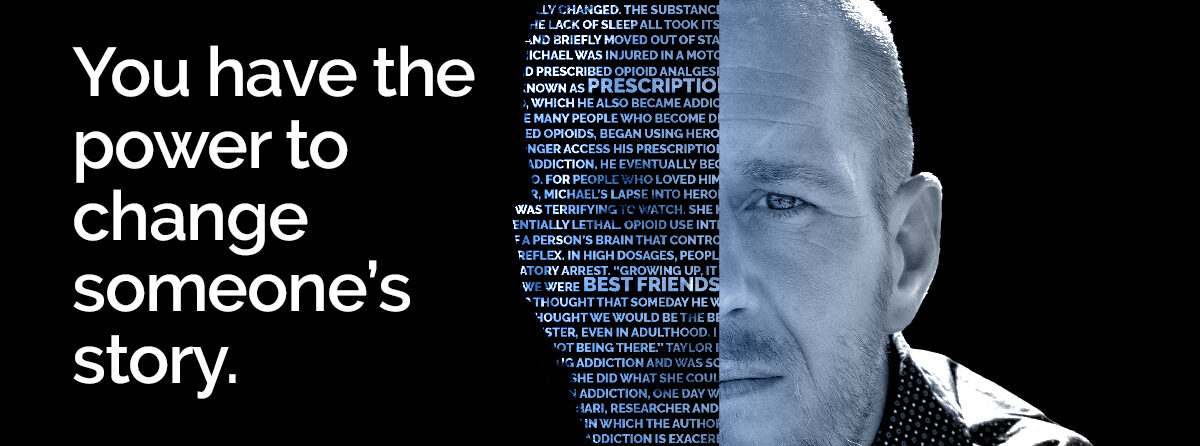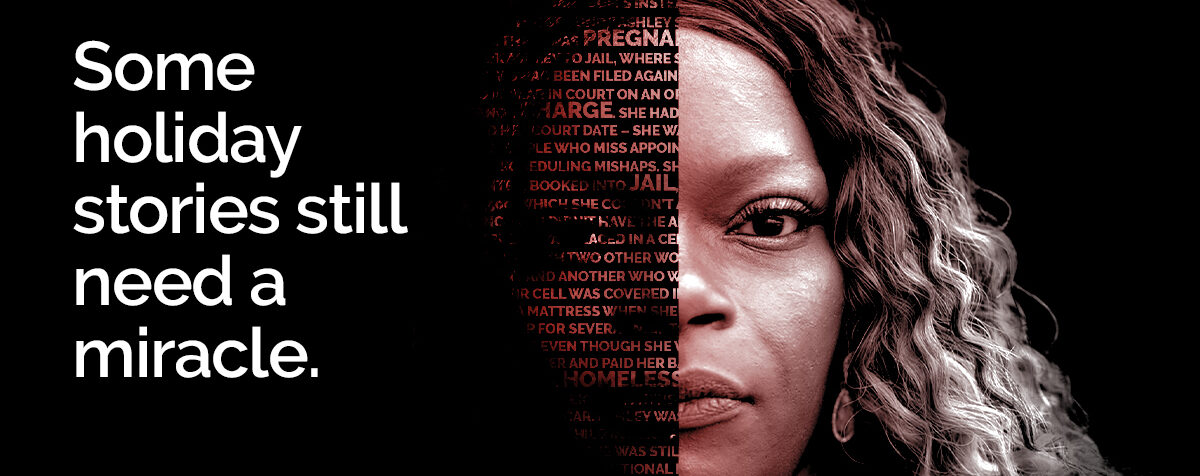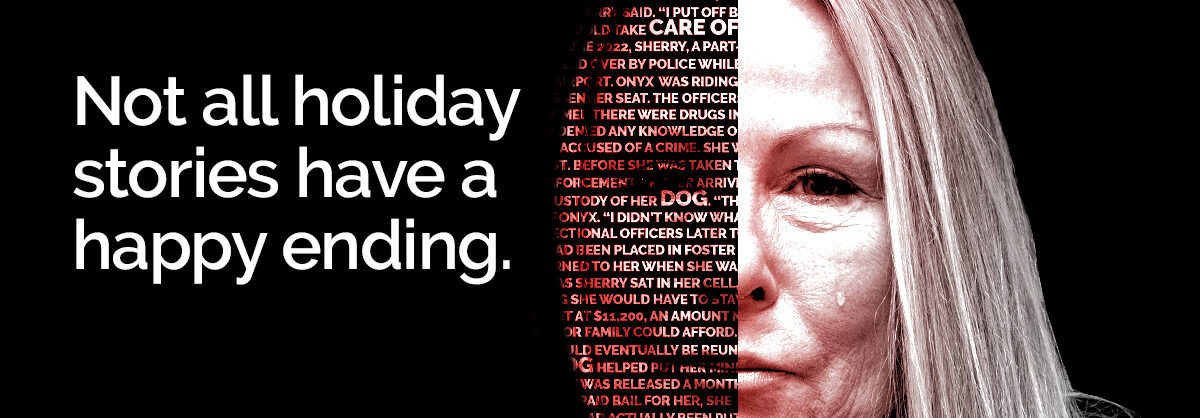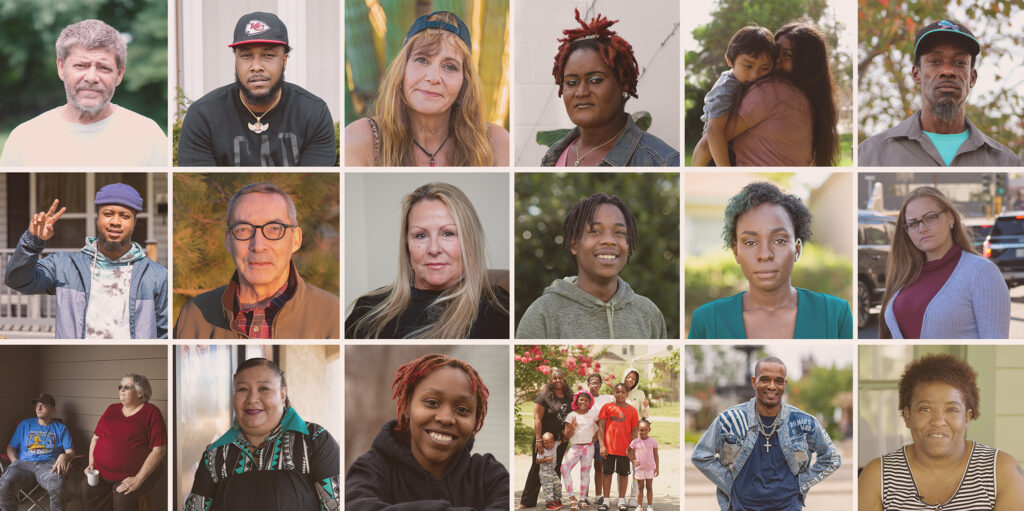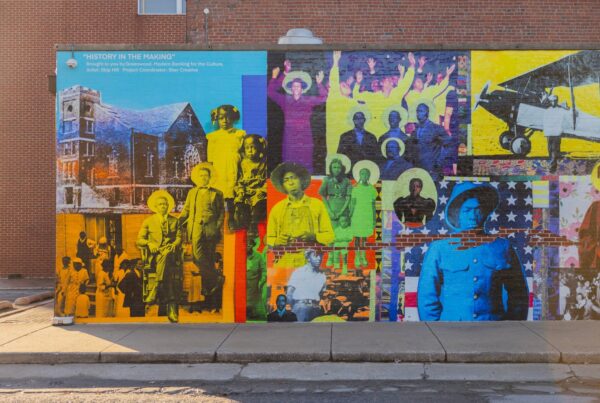In recent decades, media outlets and nonprofit organizations have made a concerted attempt to rewrite the way we talk about people that come into contact with the criminal justice system. Eddie Ellis, the late founder of the Center for NuLeadership on Urban Solutions, paved the way through a letter that made a passionate call for people who have been involved in the criminal justice system to be referred to as just that: people.
At The Bail Project, we consider ourselves a part of this urgent effort. With every linguistic course correction we make, we’re dulling the edges of misinformation and creating a fuller and more accurate image of justice-impacted people. No matter the medium, we are committed to using language that reinforces the humanity of people in the criminal justice system – an approach called “people-first.”
A people-first approach responds to the dehumanizing, and often factually incorrect, characterization of justice-impacted people through terms such as “criminal,” “ex-convict,” “felon,” “inmate,” and so on. These terms are always reductive. They are incorrect in particular during the pretrial period – referring to the time between a person’s arrest and the conclusion of their case – because a person charged with a crime has yet to have a trial that determines their guilt or innocence. And outside of the pretrial period, too, a person cannot be reduced to their interaction with the criminal justice system, which is precisely what the term “criminal” does.
In doing so, these commonly used terms make it easier to forget the rights that each person has access to in the pretrial period, including the presumption of innocence and due process. It’s also easier to overlook the fact that unaffordable cash bail leads to the unnecessary incarceration of tens of thousands of people each year, landing them inside deplorable jails with inhumane and unsanitary conditions.
This type of language carves a negative image that amplifies perceptions of their supposed and often unsubstantiated dangerousness. This approach, in attempting to create a throughline between people released from pretrial detention and crime, risks prejudicing public opinion and therefore undermines progressive reform.
View this post on Instagram
To show how a people-first approach can be applied, let’s look at a few use cases from our writing at The Bail Project. Other disciplines, such as social work and public health, have similarly adopted people-first language. As you’ll see, we’ve followed suit in the way we describe the intersecting issues that people in the criminal justice system face.
Justice-impacted people. We don’t use terms such as “inmate,” “parolee,” “probationer,” “offender” or “convicts.” Instead, we apply the construction “person who is in jail,” “person on probation,” or “incarcerated person.”
Substance use disorder. We do not use the term “addict,” but instead refer to a person living with a substance use disorder or addiction. Where possible, we specify the substance a person uses in excess: detail can have a humanizing effect, painting the particular strokes of a person’s life story. This additional layer of information can also point towards systemic issues at play, reinforcing substance use disorder as a disease influenced by social and economic determinants, not personal choice.
Mental health issues. We refer to people who live with or have a mental health illness. For instance, we would exchange “a schizophrenic” with “a person living with” or “a person that has” schizophrenia. Where possible, we add context to a diagnosis – for instance, if a person has a mental health illness according to their parents or a diagnosis by a health professional.
Insecure housing. We avoid the term “the homeless” and refer instead to a “person experiencing homelessness” or the “unhoused community.”
Poverty. We do not use the term “poor people.” Instead, we use “people in poverty” or “people experiencing poverty.”
At The Bail Project, our style guide takes into account the nuances of lived experience, the preferences of community members, and readability. It can be summarized in three points:
- Put the person first
- Avoid stigmatizing words
- Use specificity
Critics may think this reconsideration of language to be pedantic, or irrelevant to the broader project of criminal justice reform. But building a more accurate and human image of the people caught up in the pretrial system is the basis from which we can create a more just and equitable system that does not depend on cash bail. Words matter. So do people.
Thank you for reading. The Bail Project is a 501(c)(3) nonprofit organization that is only able to provide direct services and sustain systems change work through donations from people like you. If you found value in this article, please consider supporting our work today.


